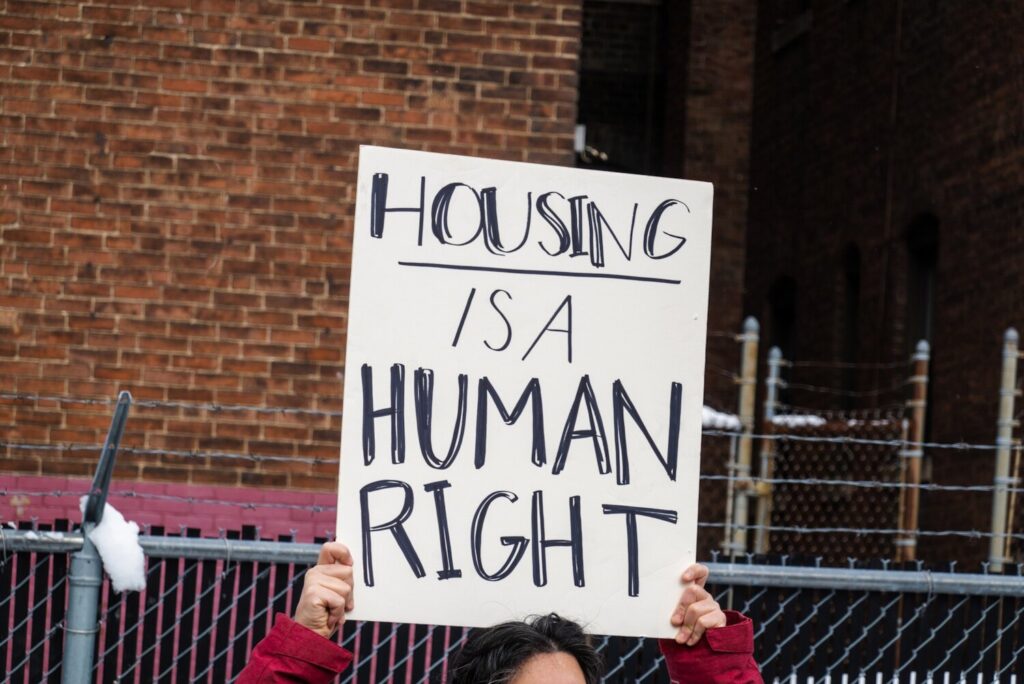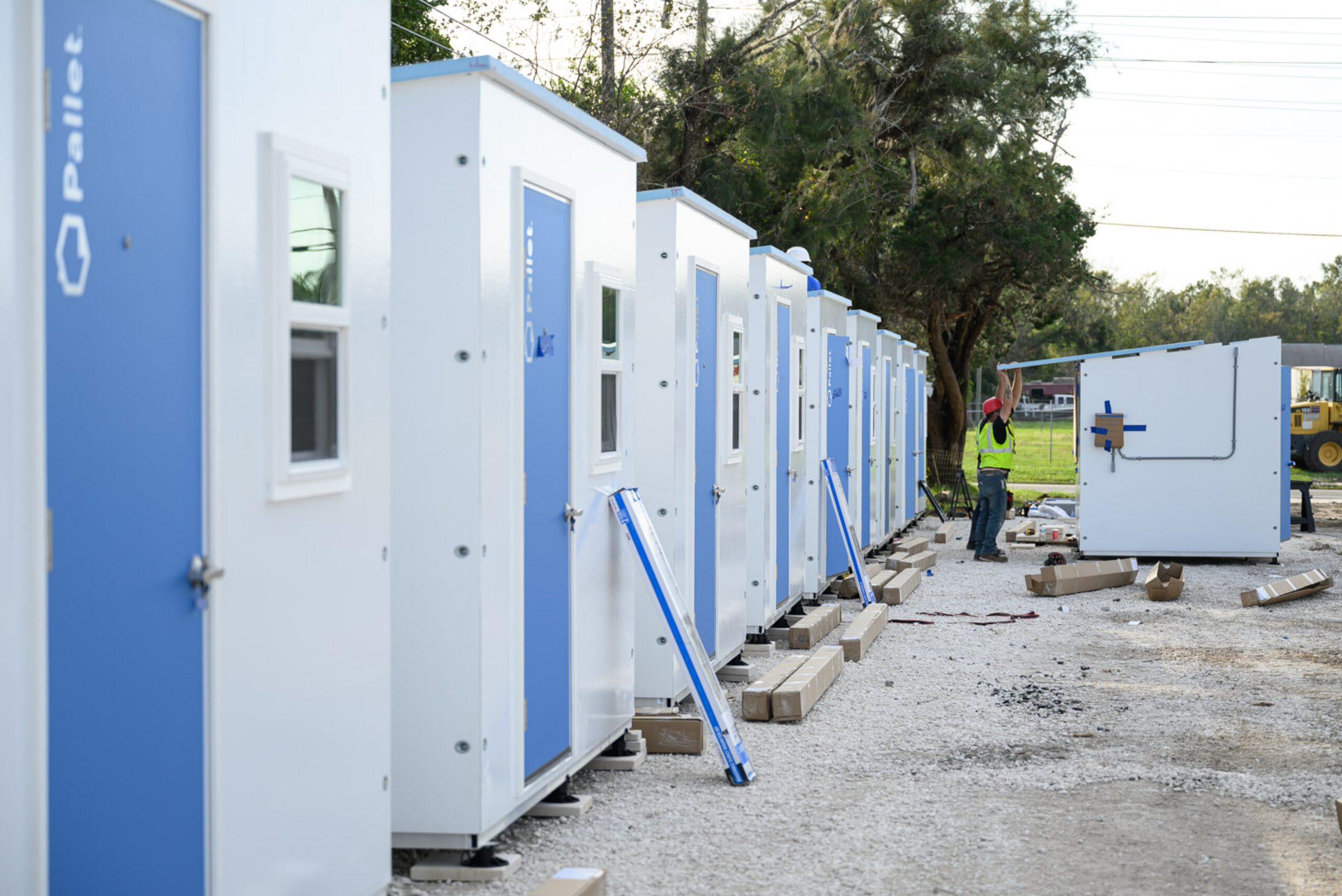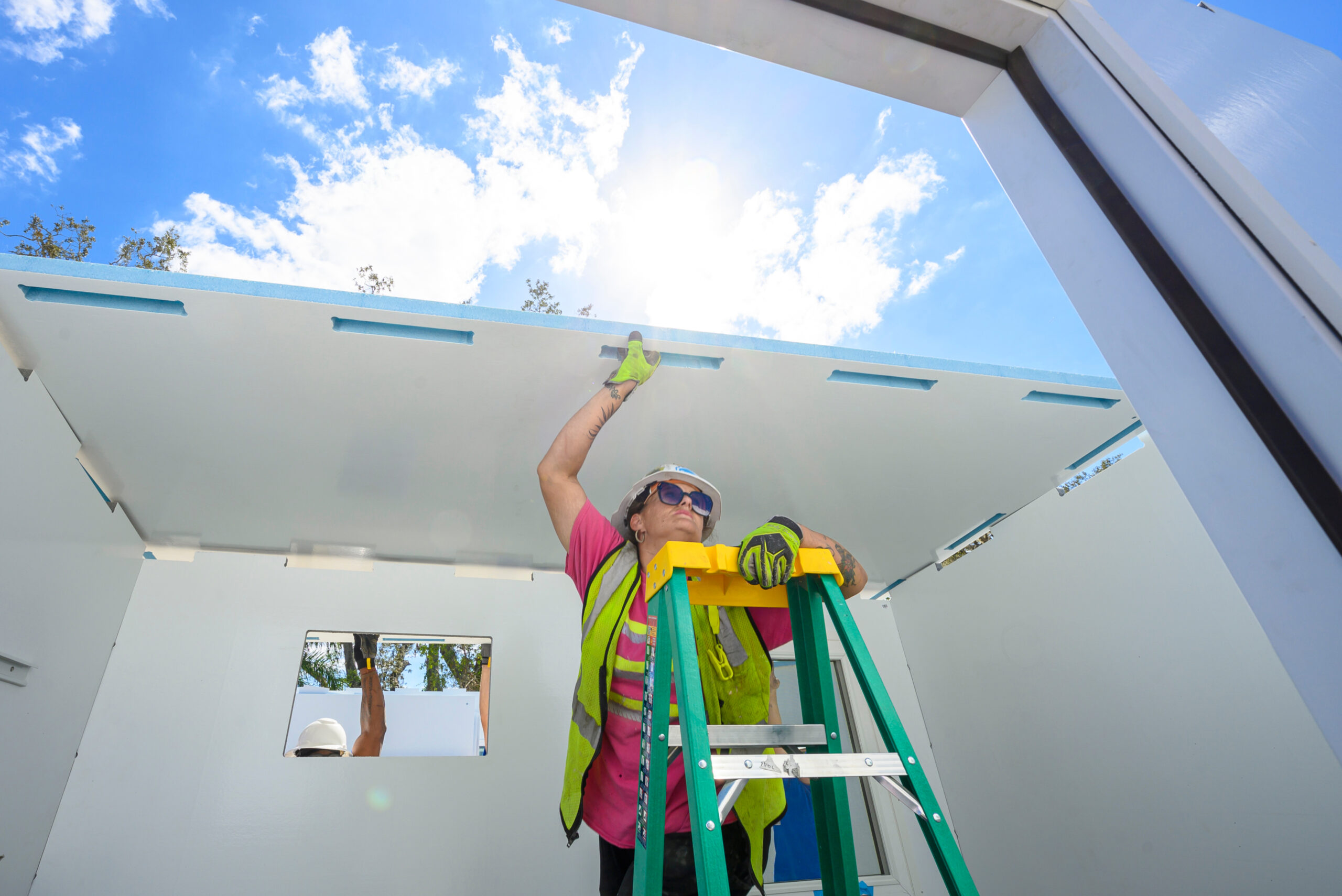Why housing is a human right
January 30, 2023

Much like food and clean drinking water, shelter is a basic human need required for people to live. Without it, we go into survival mode and function at the most fundamental level at best.
Recently, there has been a push at both the federal and local levels to recognize housing as a human right. The Biden administration has done so as have governors like New York’s Kathy Hochul.
That means, if people have a right to life, then they should have the right to what is required to live life. The United Nations defines it as “the right to live somewhere in security, peace and dignity.” It goes on to declare these rights include “security of tenure, adequate conditions, protection against forced evictions and access to affordable housing,” according to the UN’s International Covenant on Economic, Social and Cultural Rights.
Housing as a human right is not a new concept. During his 1944 State of the Union address, President Franklin Roosevelt said, “the right of every family to a decent home” was an economic truth that was “self-evident,” linking the right to housing to the Declaration of Independence. Safe and affordable housing was also recognized as a human right in the 1948 Universal Declaration of Human Rights by the UN General Assembly. It has been reiterated in international treaties, resolutions, and declarations most of which the United States has signed onto.
Declaring housing as a human right is all well and good. Putting it into practice is another thing entirely. Housing is still treated as a commodity rather than a right and to date no federal laws guarantee a right to housing. Some local governments like Massachusetts, Washington, D.C., and New York have adopted a “right to shelter.” However, a right to shelter in most cases brings those experiencing homelessness indoors to stay in temporary shelters.
So, it’s no surprise homelessness keeps rising. In fact, 582,462 people experienced homelessness on a single night in January of 2022, according to the HUD 2022 Annual Homelessness Assessment Report. Currently, our country has a system of temporary or congregate shelters that theoretically reaches 354,000 people on a given night.
There are some challenges with traditional congregate shelters. Those experiencing homelessness might not want to go to a shelter because they’re concerned about their safety—especially women who are often victims of sexual abuse. In addition, many shelters don’t allow pets or personal items, and others don’t allow families to stay together. While those restrictions exist for a reason, it’s also very understandable why those experiencing homelessness find them to be a barrier. That’s why now more than ever, we need additional rapid solutions, that get to the root of the crisis.
Housing influences so many aspects of our lives that we take for granted—from physical and mental health to safety, to access to both food and employment. Offering a dignified solution with transitional shelter is one way to bridge the gap to permanent housing as we work to secure a right to housing. Our rapidly deployable shelters offer the dignity of a private space. They have a locking door and windows, include a bed, climate control system, and storage.
Pallet shelters are built in a community environment, and we work with local service providers who help residents get the resources they need such as healthcare, transportation, and job placement. It will take a bold move, like a legal right to housing, to address the country’s affordability crisis and growing number of people experiencing homelessness. Time and political pressure are needed to shift housing policy at a local and national level toward a rights-based model.
We believe housing is a basic human right that all people are entitled to have. As some politicians look to innovative plans to solve the current housing crisis, we need to work together to find comprehensive solutions to end unsheltered homelessness.


